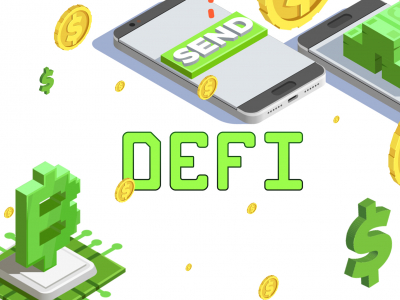Coinbase CEO has published his vision of what happened at the Satoshi Roundtable, accusing Core developers of poor communication skills. He insists that more than one team should work on the bitcoin protocol.
The conference’s main goal was to reach “some sort of consensus”, but it ended up showing that the divide within the community was too great, the letter of Armstrong reads. He keeps emphasising “the systemic risk to bitcoin if Bitcoin Core was the only team working on bitcoin,” because some of the Core devs demonstrate “very poor communication skills” and “lack of maturity.” According to Armstrong, albeit being most intelligent people, the developers suffer from perfectionism and tend to reject existing “good enough” solutions in favour of “perfect” ones yet to be found.
“They seem ok with watching bitcoin fail, as long as they don’t compromise on their principles.”
Armstrong insists that the Core team’s approach is too slow and indecisive, and thus poses a threat to the whole industry. He reminds that the next block reward halving comes up in July, with the average cost of mining a single coin rising twofold. In this case, it may exceed the price of bitcoin.
“If the bitcoin price stays around $425, it will be unprofitable for a number of miners to continue mining.”
In the worst-case scenario it may lead to a massive exodus of hashing power, when up to 50% of miners can stop mining. Therefore, the time for a new block to arrive would jump from 10 to 20 minutes, and the confirmation time would double respectively. As blocks are already 70% full today, this delay may result in data overflow in the blockchain and huge processing backlogs. Armstrong paints an apocalyptic picture of confirmation times stretched up to two weeks and the subsequent downward spiral of the bitcoin price.
Apart from inadequately slow timeframe, according to Armstrong, there is yet another danger posed by SegWit protocol itself, which the Core developers prefer to ignore.
“One of the biggest risks of using segregated witness as a scaling solution (which was surfaced at the conference) is that to obtain the scaling benefit it will require not only new bitcoin core code but also new code to be written by each of the major wallet providers who are generating transactions.”
Coinbase CEO offers his own vision of how to rescue the bitcoin network from the collapse. The first and most urgent step is a hard-fork upgrade to 2MB block size. Armstrong calls once again on the community, including Chinese miners, to switch as soon as possible to the “high quality” Bitcoin Classic code. He adds also that upgrading to Classic now does not mean that bitcoin users have to stay with this solution till the end of time.
The next necessary step is to communicate to Chinese miners the idea that the Core team is not the only people in the world capable of quality development of the bitcoin protocol.
Finally, he calls to form a new developers’ team alternative to the Core, open to accept fresh blood and attract new talents. The ultimate long-term objective of such team, according to Armstrong, is to “help bitcoin become a multi-party system.”
Elena Platonova

















